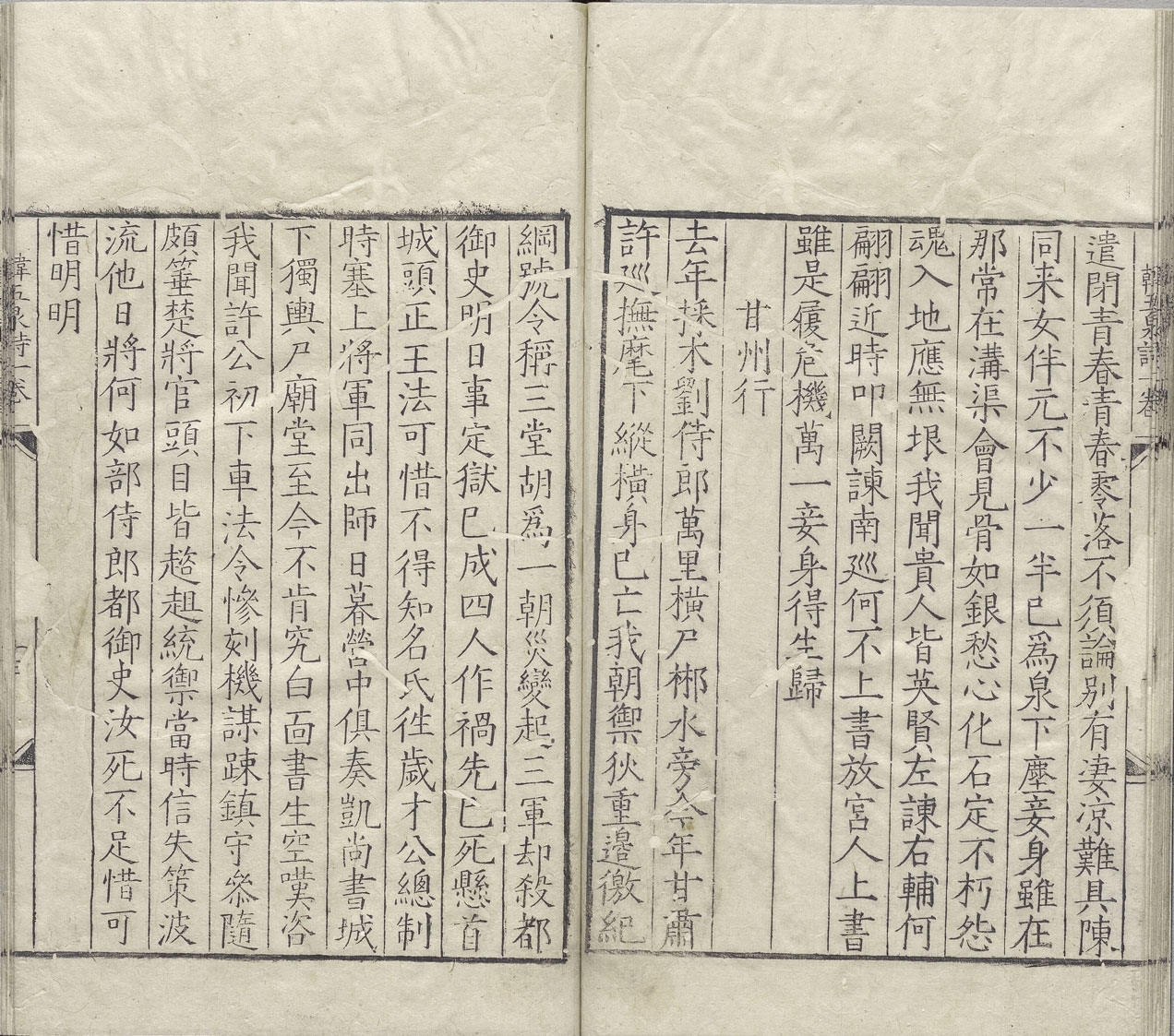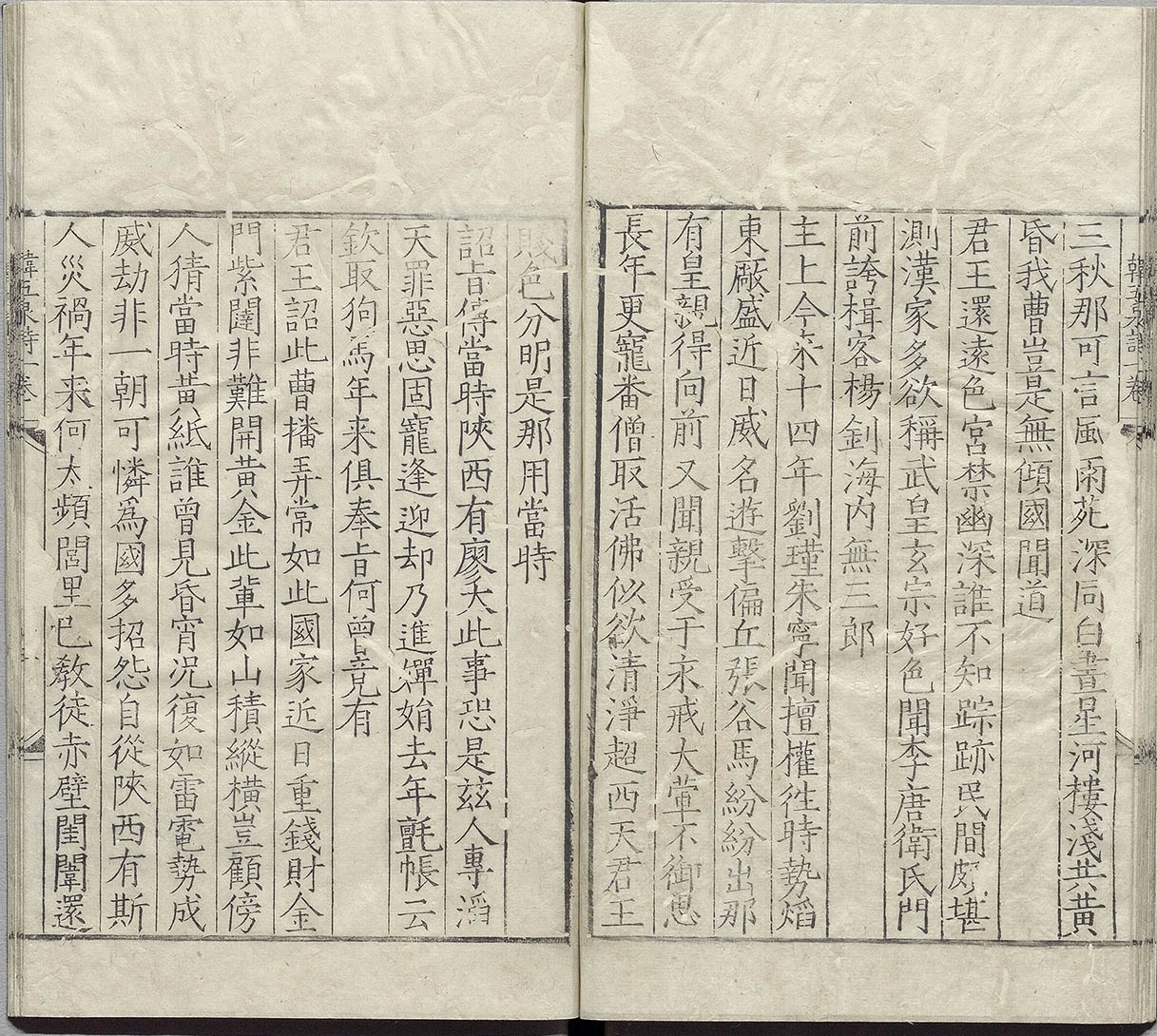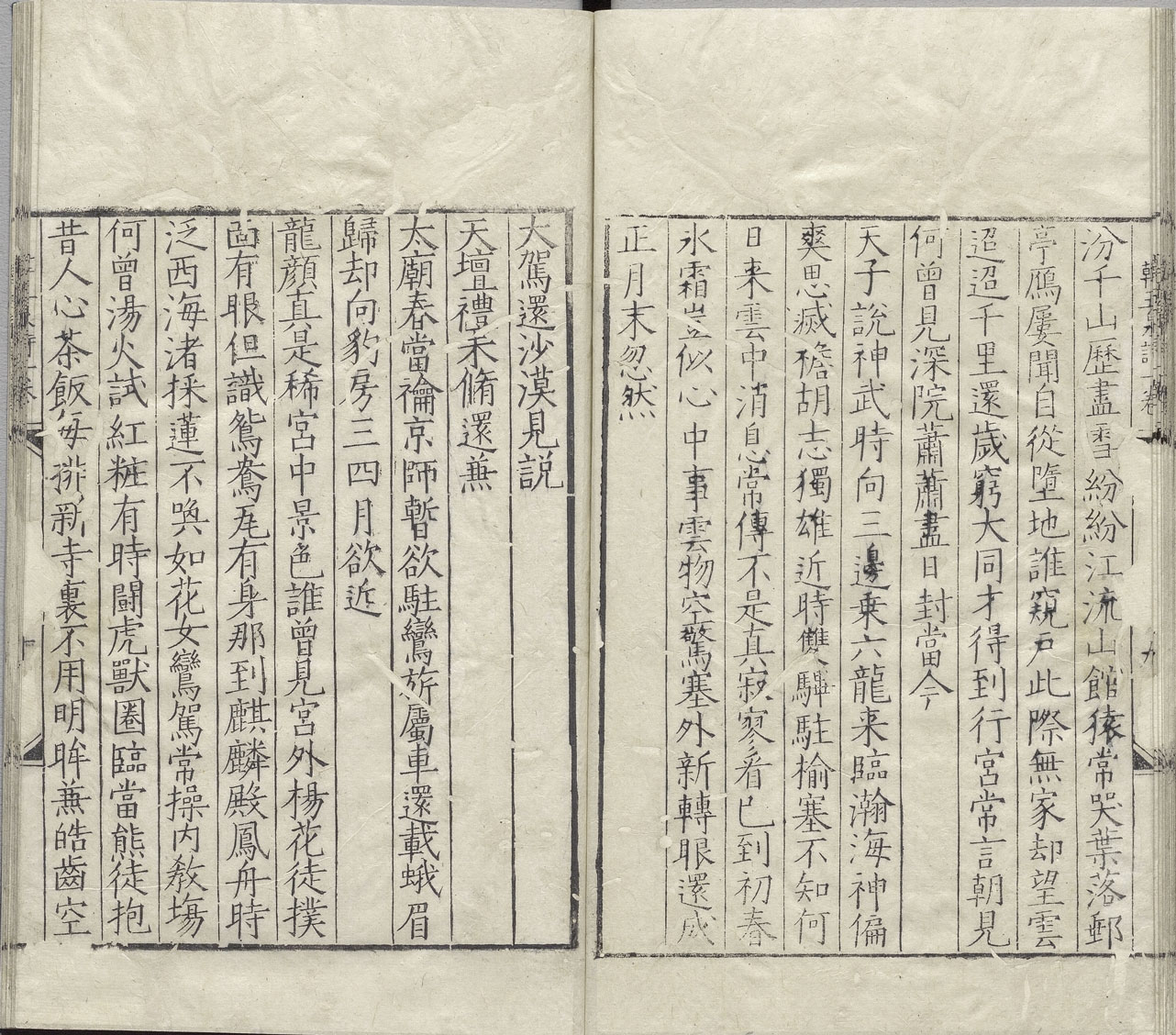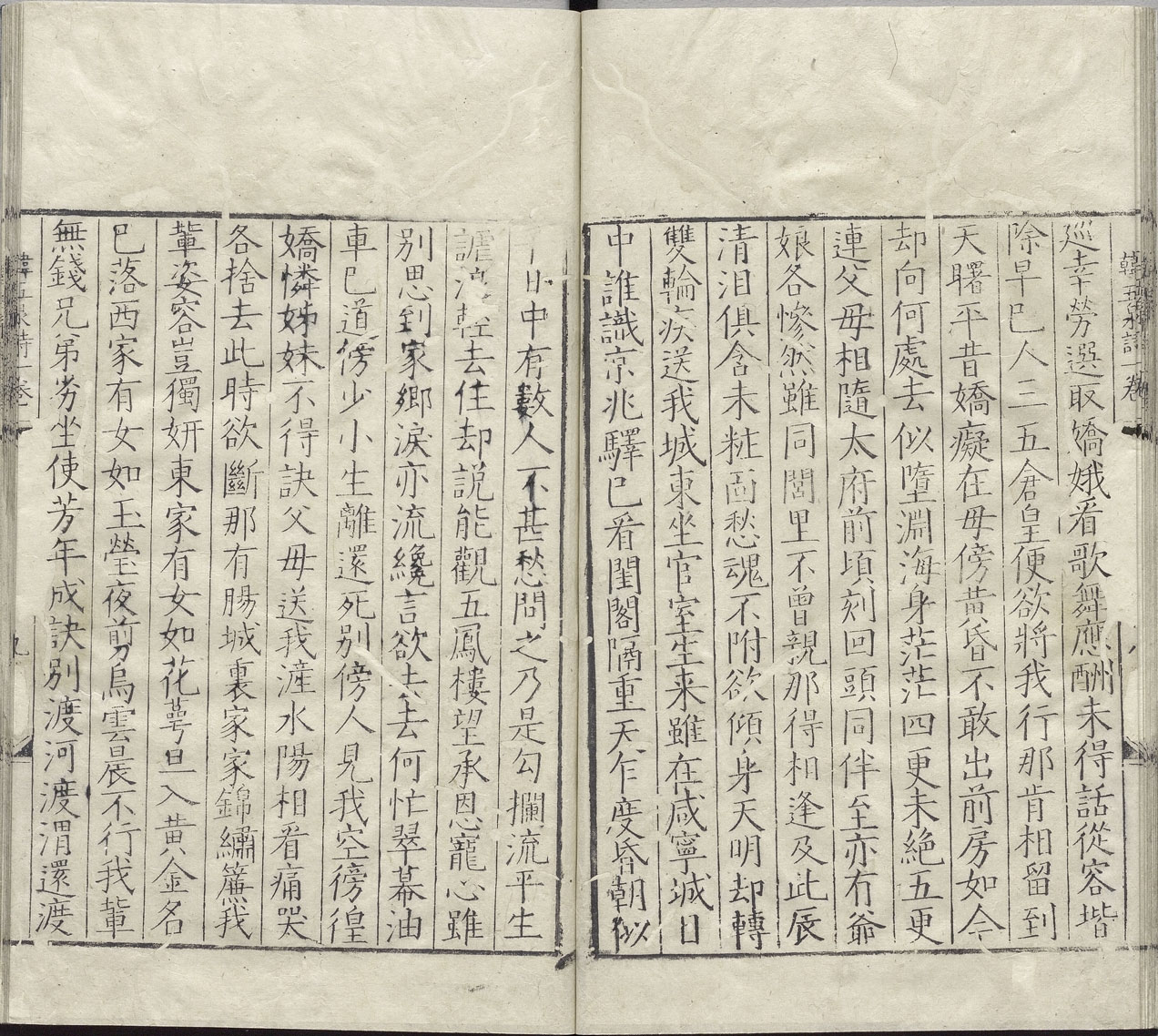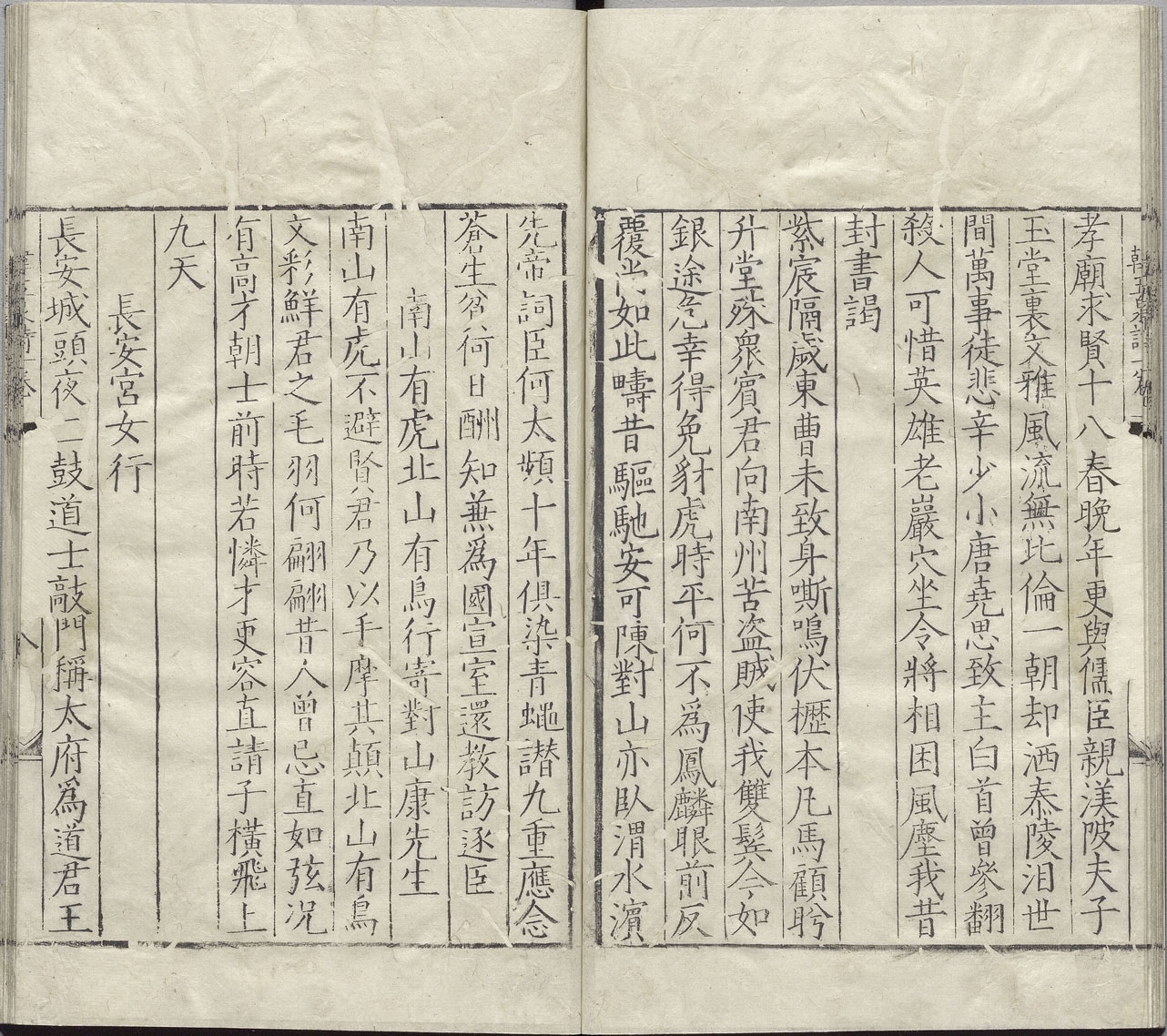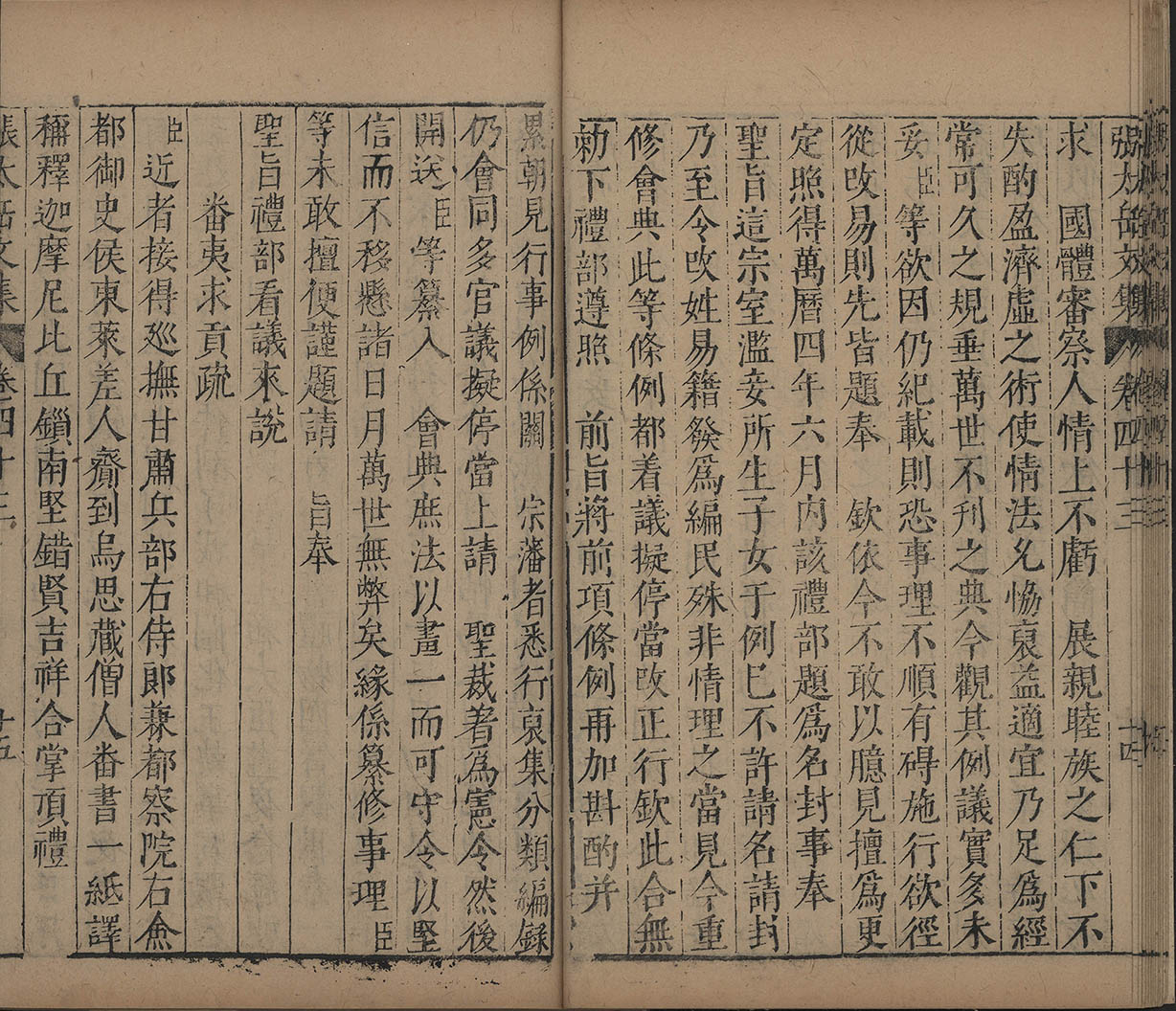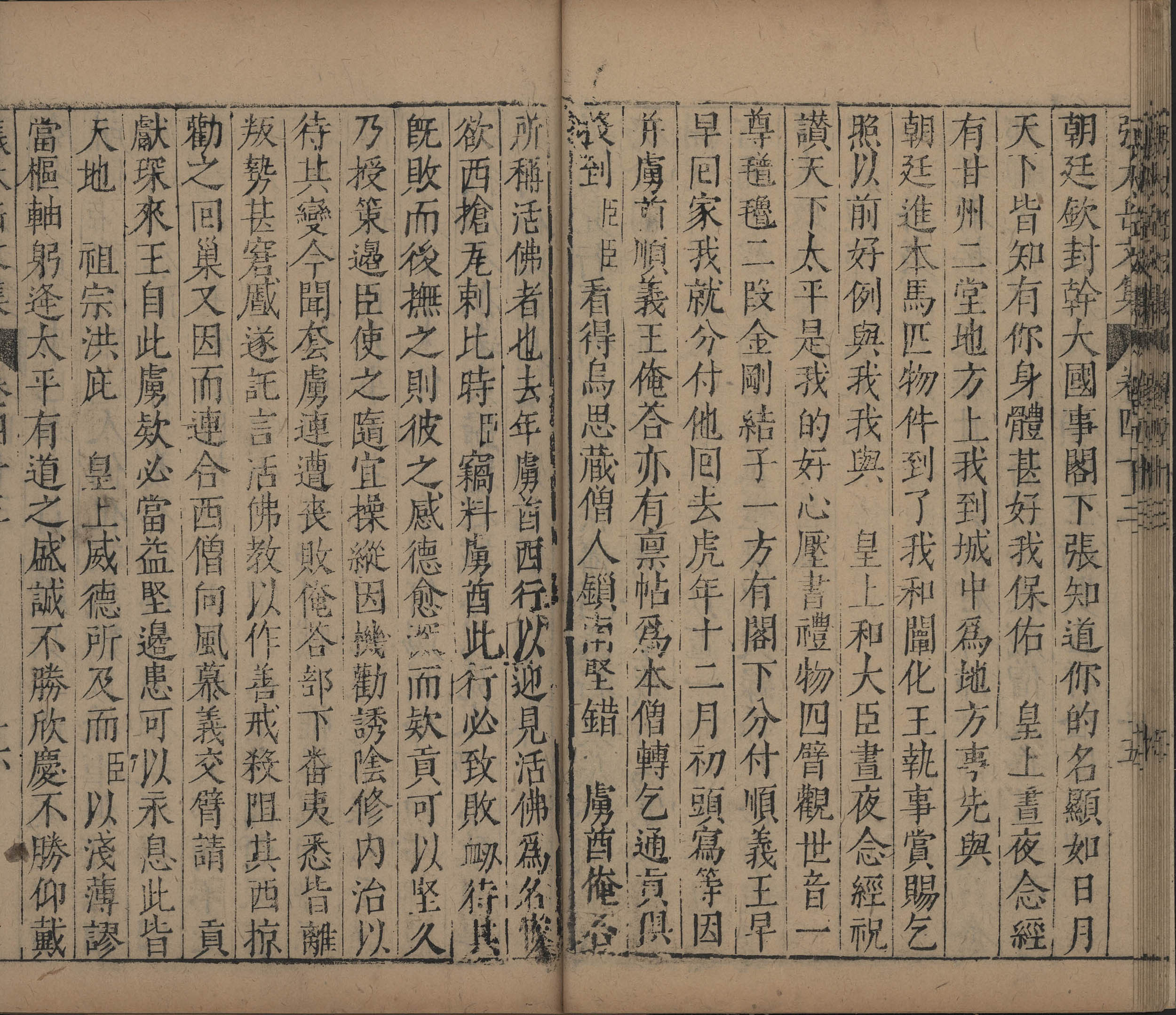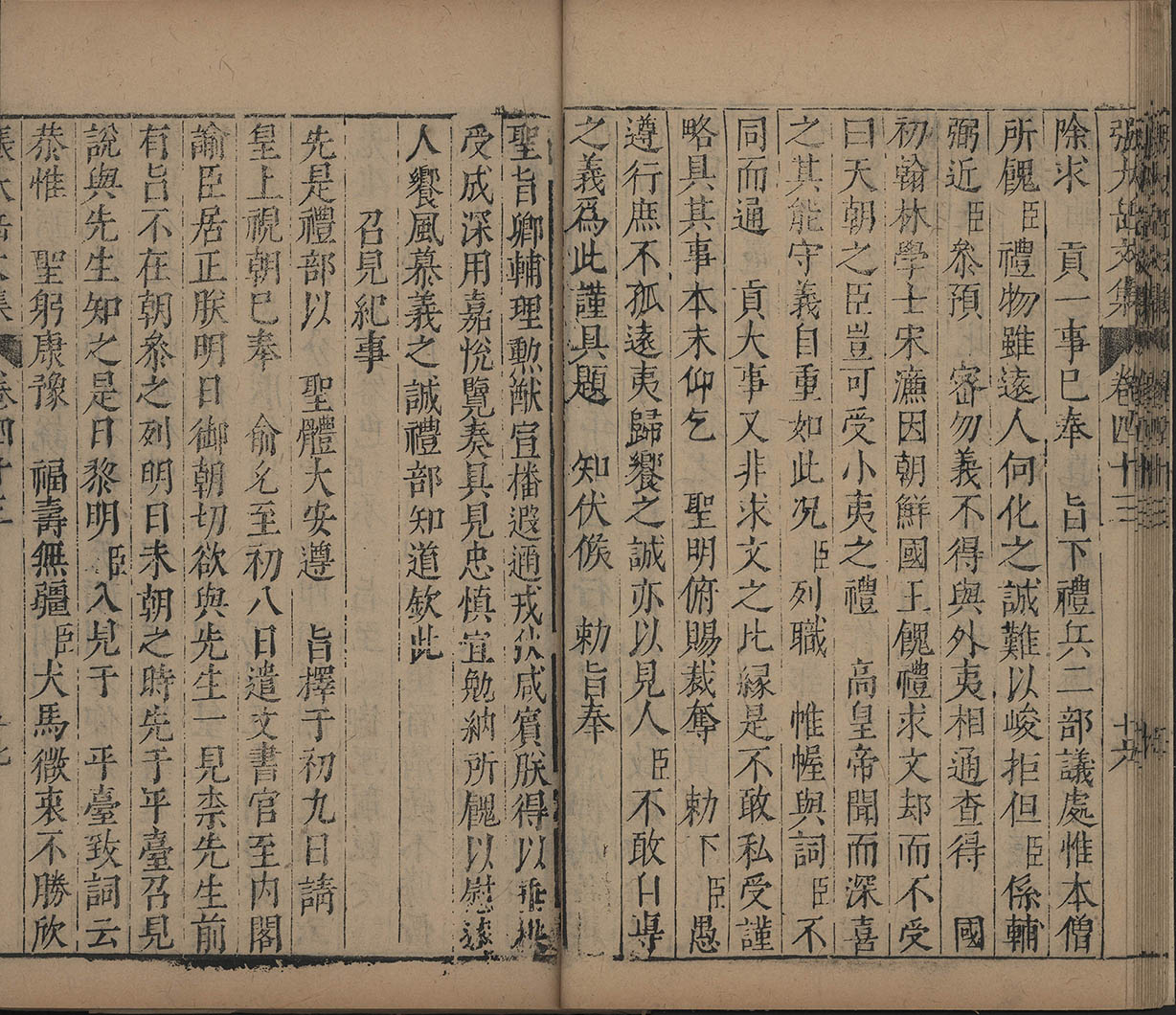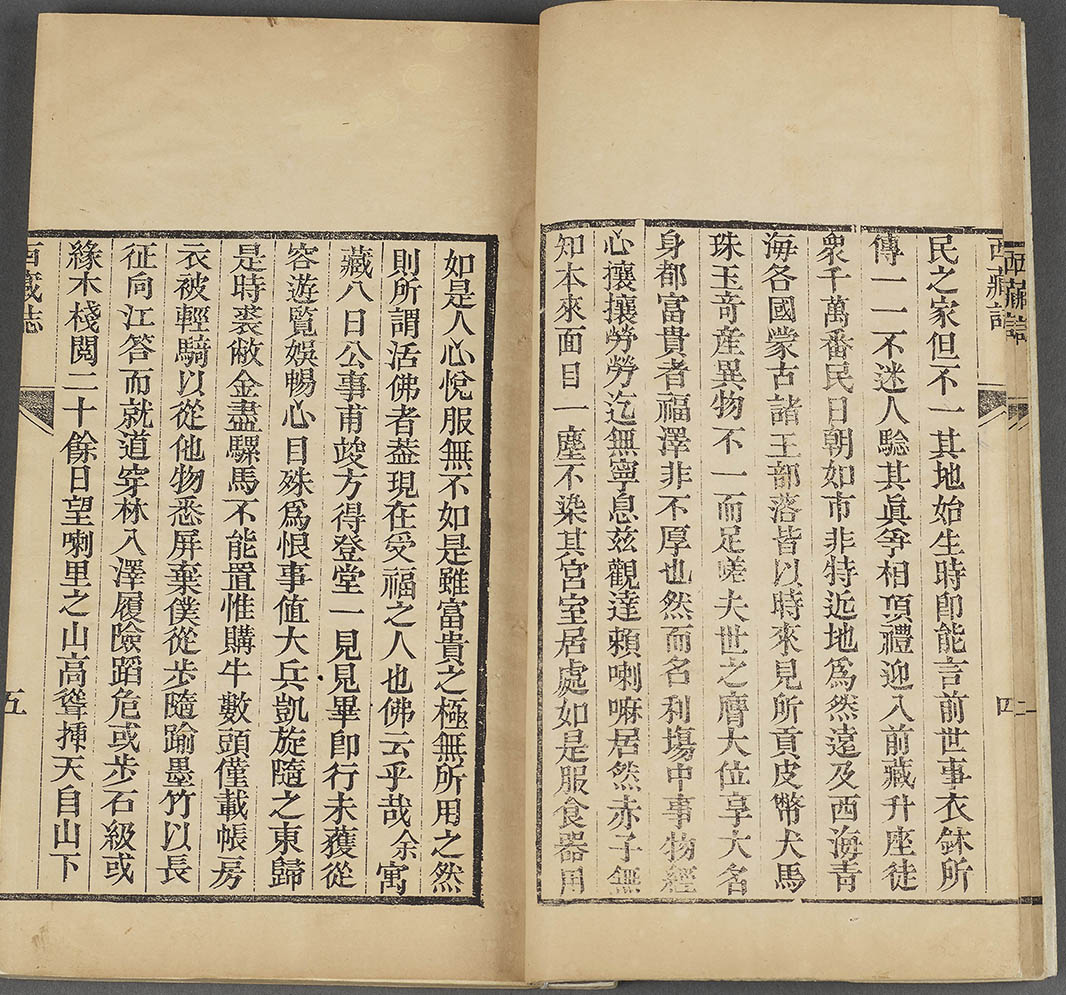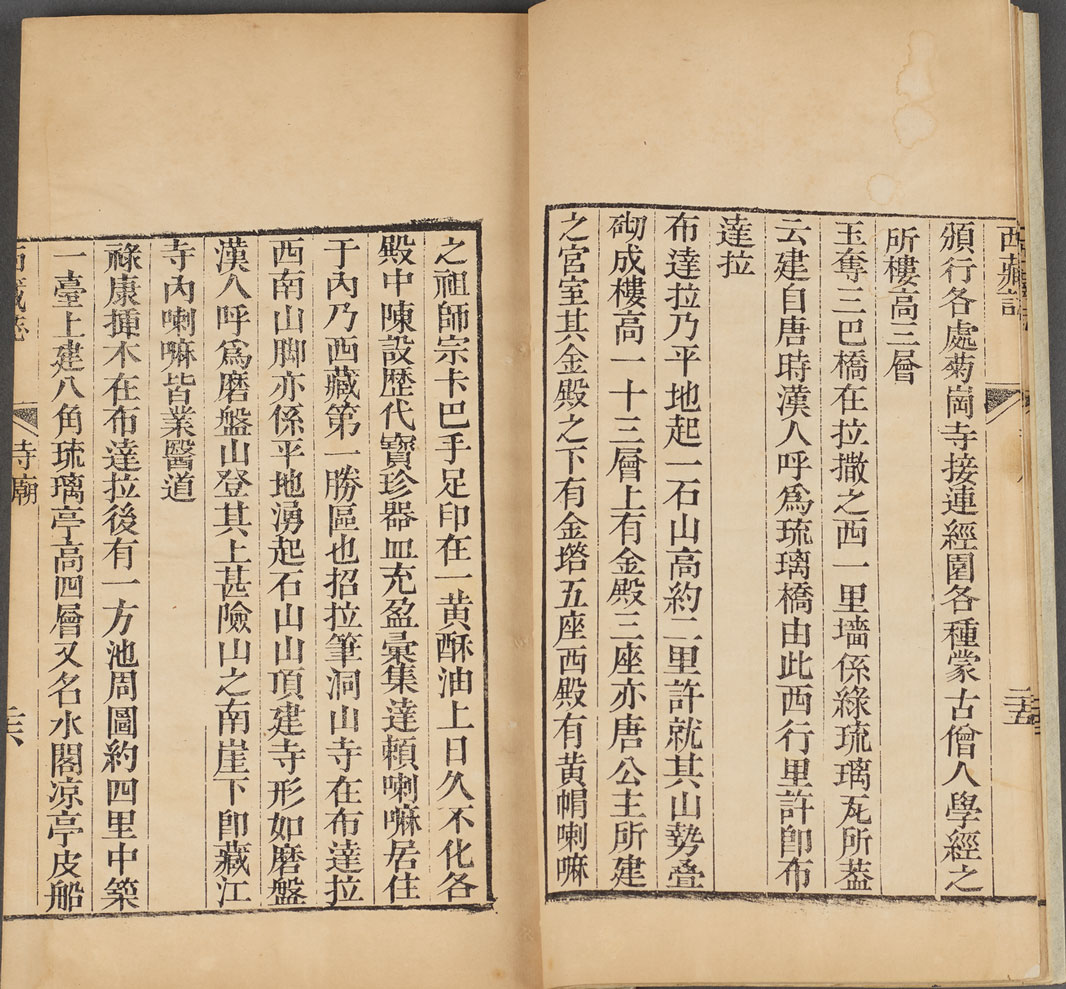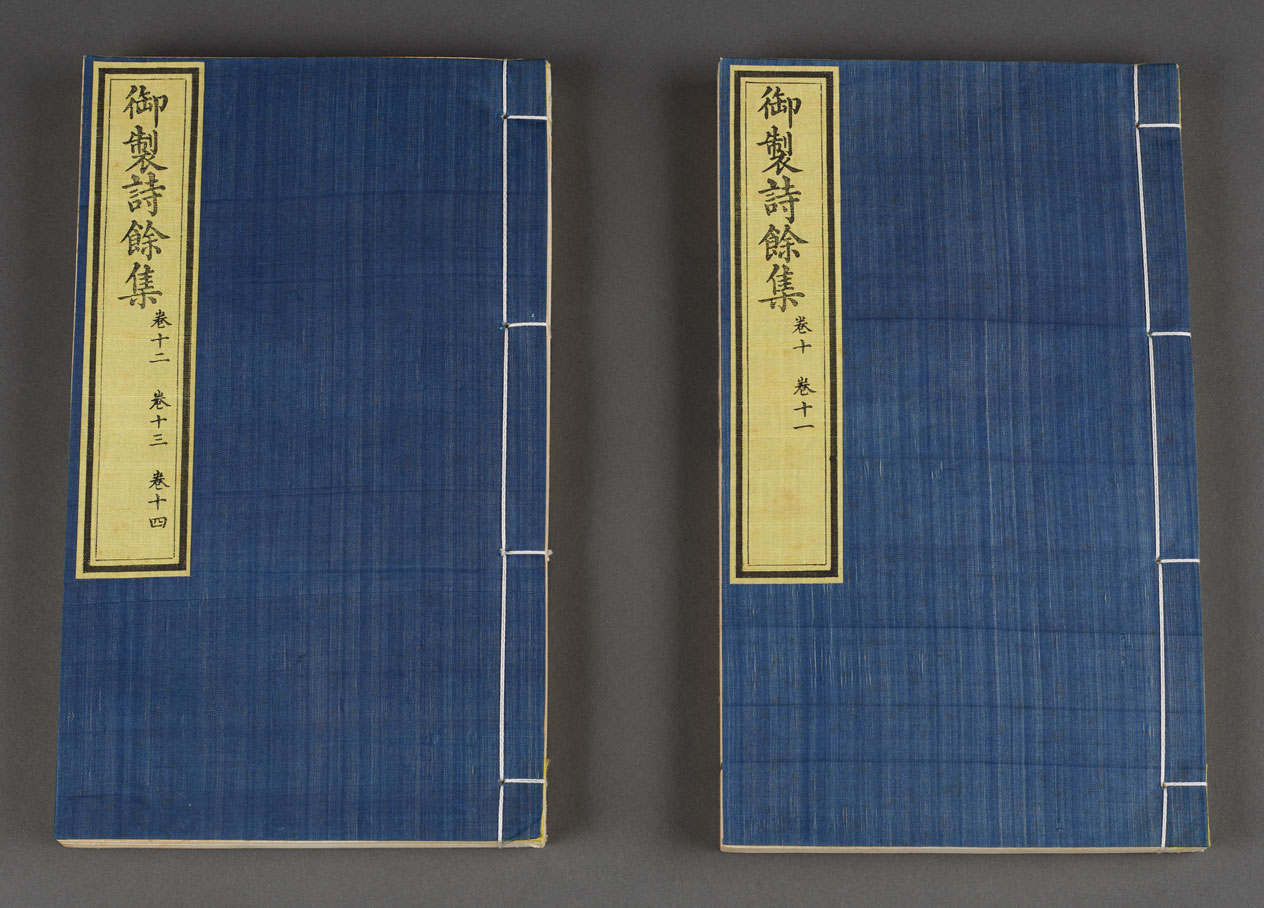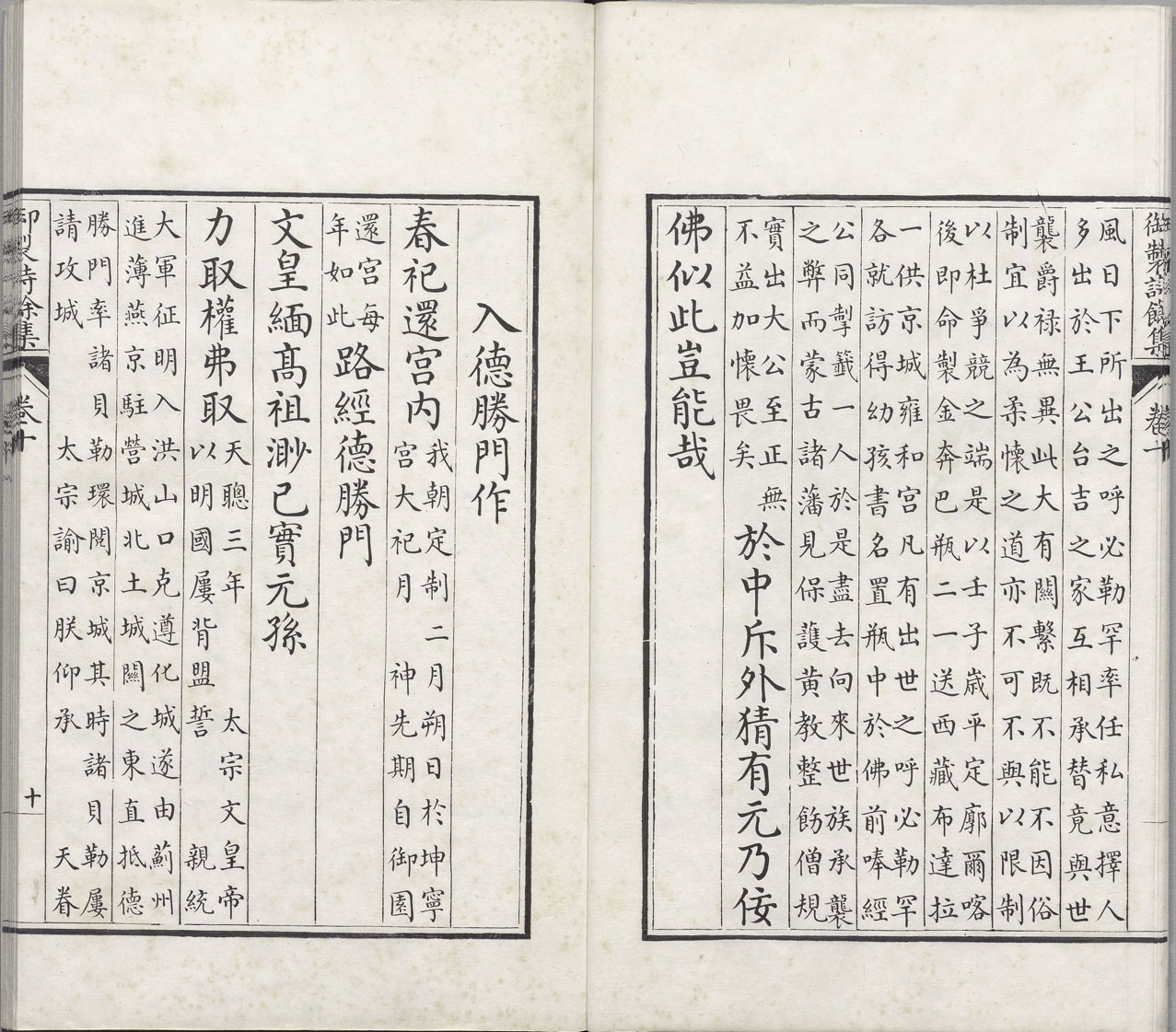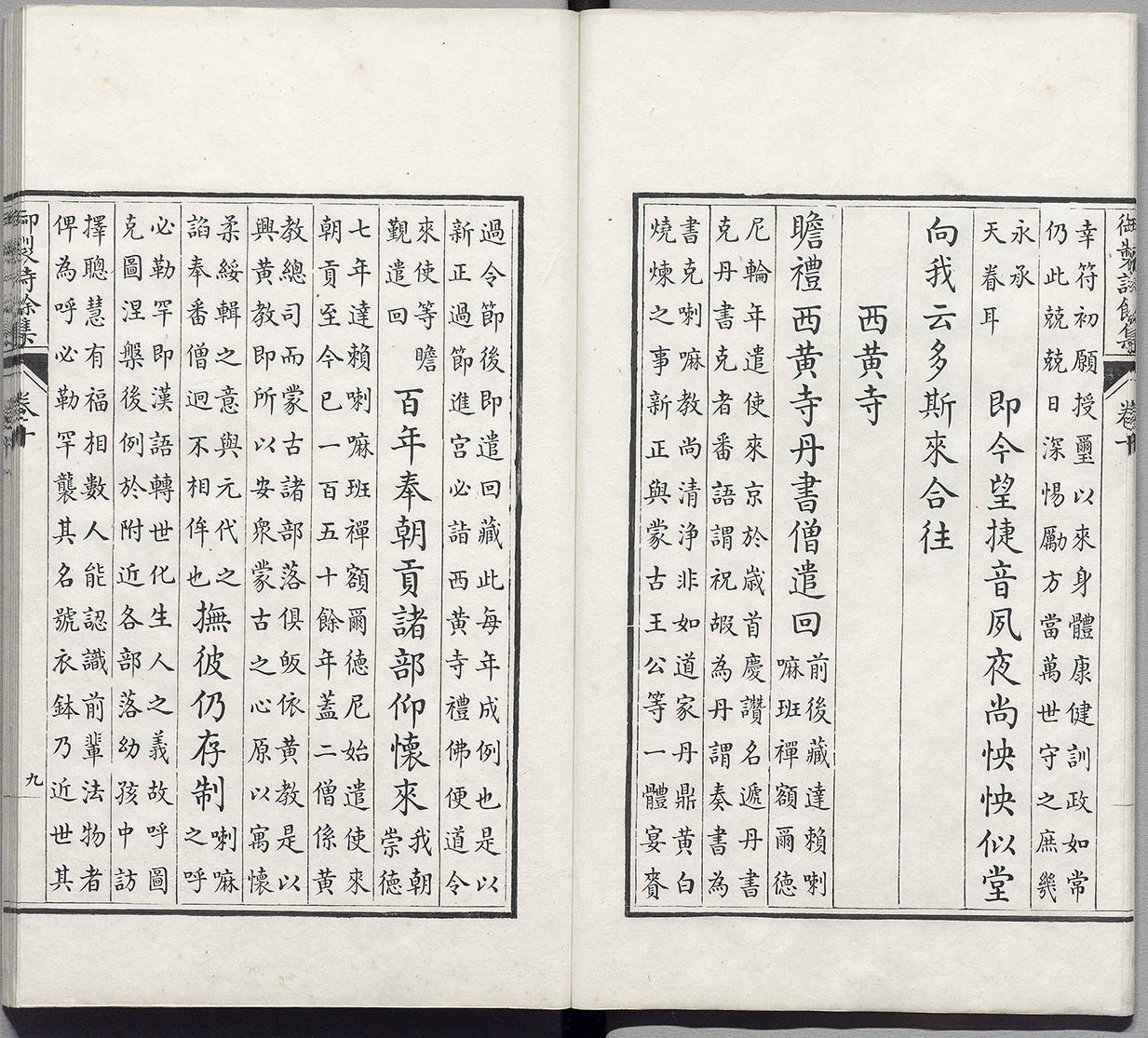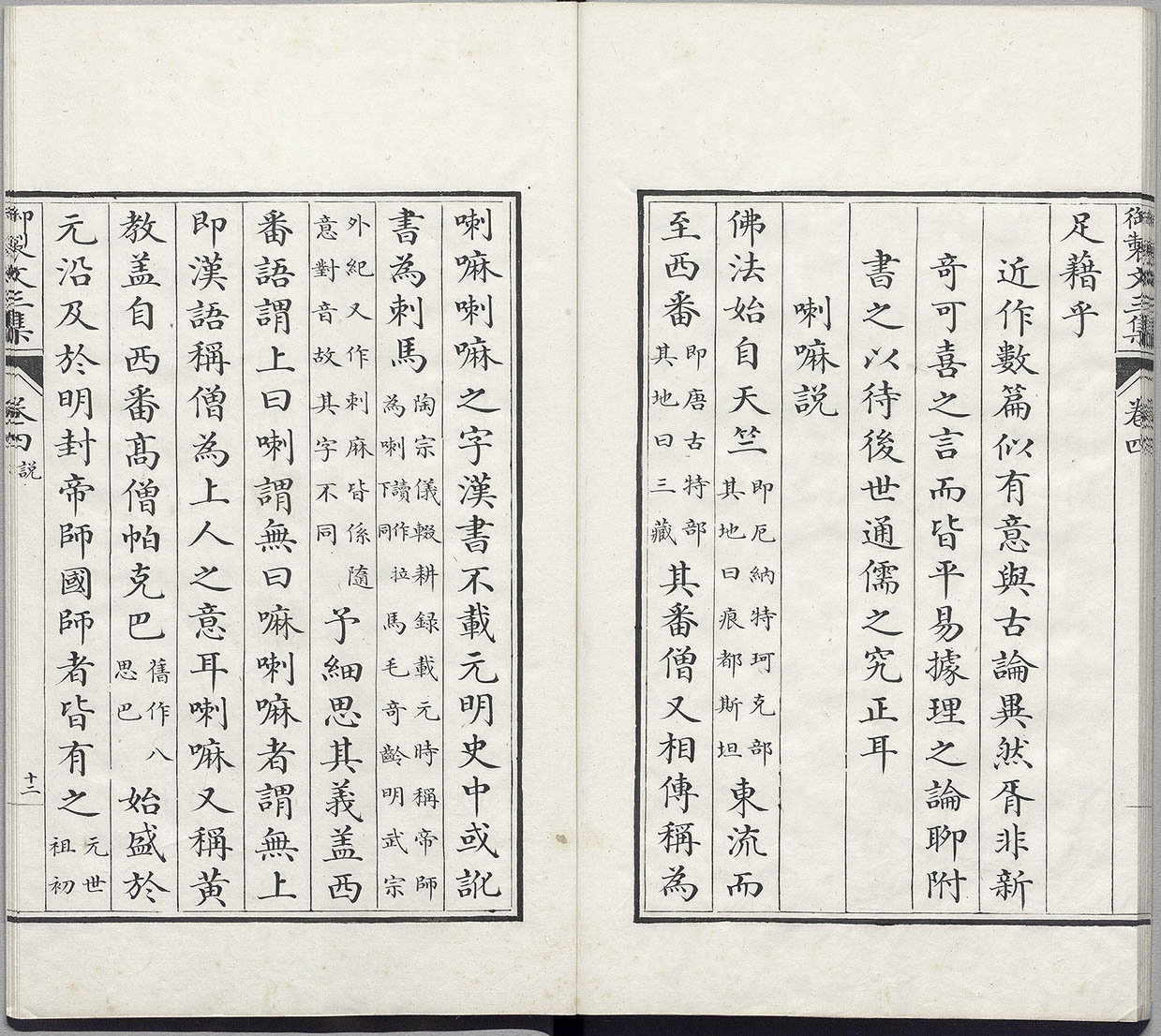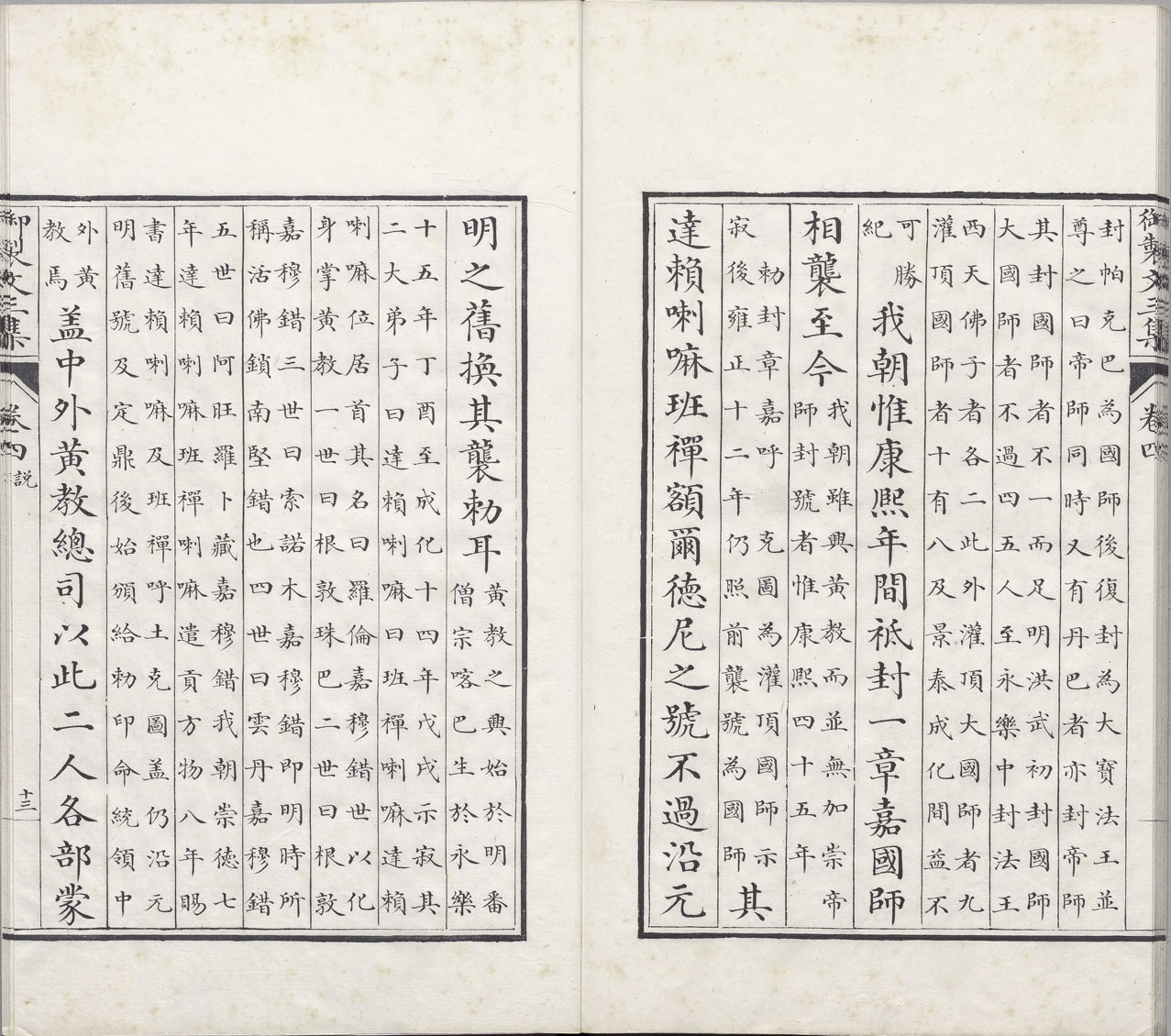The Qing Court and Khubilghans
Two disciples of Tsongkhapa, Gedun Drupa (1391-1474) and Kedrup Je (1385–1438), were posthumously identified as the First Dalai Lama and the First Panchen Erdeni, respectively, which became the two foremost living Buddha lineages in the Gelug School. The title Dalai, the Mongolian word for "ocean," was bestowed upon the Third Dalai Lama by the Mongolian ruler Altan Khan (1507-1582) of the Tumed. The Qing dynasty saw nine Dalai Lamas, from the fifth to the thirteenth. Panchen, on the other hand, is short for Pandita Chenpo, meaning "Great Pandita." The word Pandita is derived from the Sanskrit Paṇḍita, which means "Master of the Five Wisdoms." The lineage of the Panchen Erdeni began with the Fourth Panchen Losang Chö kyi Gyaltsen (1570-1659), who received the title from Güshi Khan (1582-1654), leader of the Khoshut Mongols. The three immediate predecessors of Losang Chö kyi Gyaltsen were posthumously recognized as the First, Second, and Third Panchen Erdeni. The Qing dynasty saw six Panchens, from the Fourth to the Ninth. This section offers an iconographic introduction to the important reincarnated teachers of the Dalai and the Panchen lineages, and displays important artifacts connected with the visits to Beijing made by the Fifth Dalai Lama and the Sixth Panchen Lama to meet with Qing emperors. It also shows how the Qing court employed the "Golden Urn" system to select khubilghans and to what extent the practice impacted the living Buddha lineages of Tibetan Buddhism.
What Is a Kubilghan?
The term huofo (living Buddha), used to refer to Tibetan Buddhist monks, first appeared in a poem by Han Bangjing in the Ming dynasty. By the Qing dynasty, the term had become part of Buddhist vocabulary, although the official nomenclature was always "khubilghan" from the Mongolian.
Ode to a Court Lady from Changan
- From Han Wuquan Shi (Collected Poetry of Han Bangjing)
- Han Bangjing (1488-1523), Ming dynasty
- Printed edition by the Zhaos, 16th year of the Jiajing reign (1537), Ming dynasty
The use of the Chinese term "huofo (living Buddha)" to refer to a reincarnated Tibetan Buddhist high monk emerged in the Yuan dynasty, and it became quite popular during the Ming. A passage from the poem "Ode to a Court Lady from Changan" in the Han Wuquan Shi by Han Bangjing made such reference. Han was awarded the jinshi degree at the Imperial Examination in the 3rd year of the Zhengde reign (1508) in the Ming dynasty. Later, he offended the emperor and was sent to prison and stripped of his official post. The Zhengde emperor (r. 1505-1521) enjoyed the company of Tibetan Buddhist monks and often held rituals at court. He even went so far as to call himself the Daqing Dharma King, and his behavior brought him much criticism from Confucian scholars.
Memorial on Mongolian Request to Present Tributes
- From fascicle 43 Xinke Zhang Taiyue Xiansheng Wenji (Newly Engraved Collected Works of Zhang Juzheng)
- Zhang Juzheng (1525-1582), Ming dynasty
- Printed edition by Tang Guoda (n.d.) of Xiugu, 40th year of the Wanli reign (1612), Ming dynasty
- Collection of the National Central Library
Zhang Juzheng served as Senior Grand Secretary in the first decade of the Wanli Emperor's reign (1572-1620) in the Ming dynasty. In his "Memorial on Mongolian Request to Present Tributes," Zhang wrote that the Tibetan monk Sonam Gyatsho (1543-1588) was hailed as a huofo by Tumed leader Altan Khan (1507-1582). This is the first time the term huofo appears in Ming official documents, but it is likely a translation of the Mongolian word rather than formal nomenclature.
Altan Khan invited Sonam Gyatsho to Qinghai to teach in the 5th year of the Wanli reign (1577) and bestowed upon him the title "Dalai." Since then, he had become known as the Third Dalai Lama, and his two predecessors were posthumously recognized as the First and the Second Dalai Lamas. In the following year (1578), the Third Dalai Lama sent tributes to the Ming court and wrote to Zhang Juzheng, which is documented in Mingshi (The Official History of the Ming Dynasty).
Tibet Travelogue
- From Xizang Zhi (Report on Tibet)
- Jiao Yingqi (n.d.), Qing dynasty
- Printed edition, 57th year of the Qianlong reign (1792), Qing dynasty
In the 56th year of the Kangxi reign (1717), troops of the Mongolian Dzungar Khanate invaded Lhasa. They were expelled four years later by the Qing army. This text is Jiao Yingqi's account of what he witnessed as he traveled with the Qing army to Tibet. He often used the term huofo when writing about his meeting with the Seventh Dalai Lama (1708-1757).
Xihuang Monastery
- From fascicle 10 of Qing Gaozong Yuzhishi Yuji (Fifth Supplement to the Collection of Poetic Works by Emperor Gaozong)
- Emperor Qianlong (1711-1799), Qing dynasty
- Court manuscript in black-lined columns, 5th year of the Jiaqing reign (1800), Qing dynasty
In his annotations, the Qianlong emperor (r. 1736-1795) says, "The khubilghan means the reincarnated spirit. When the old khutuktu attains the state of nirvana, it is customary to select several extraordinary children from nearby tribes, and the one who knows the items belonging to the departed khutuktu is recognized as the successor to the khubilghan title."
This passage is similar to what the emperor wrote in "Discourse on Lamas" in that it also interprets the khubilghan as a "reincarnated spirit." In the Qing dynasty, the term khutuktu (originally meaning "the blessed" in Mongolian) became a title for high-ranking living Buddhas in Mongolia and Tibet. Religious leaders of this level were all registered in the records of the Lifan Yuan (Board for the Administration of Outlying Regions) and every reincarnation must be reported to the Qing court for endorsement and investiture.
Discourse on Lama
- From fascicle 4 of Yuzhiwen Sanji (Second Supplement to the Collection of Imperial Literary Works)
- Emperor Qianlong (1711-1799), Qing dynasty
- Court manuscript in black-lined columns, Jiaqing reign (1796-1820), Qing dynasty
In the 8th month of the 57th year of the Qianlong reign (1792), following the expulsion of the invading Gurkhas in Rear Tibet by Qing troops, Emperor Qianlong put General-in-chief Fuk'anggan (1753-1796) in charge of subs equent negotiations and reforms of Tibetan administration. The result is summed up in the 29-article "Ordinance for the More Effective Governing of Tibet," with the first article stipulating the use of the "Golden Urn" scheme to select the khubilghan.
In the 4th month of the following year, the emperor published the article "Discourse on Lamas," which describes the history of the lamas and the reincarnation system. It also stresses the importance of "supporting the Yellow Sect in order to pacify the Mongols" and explains that the new Golden Urn scheme would "stabilize Tibet and surrounding domains and lead to everlasting peace in the country.
